7 March 2024
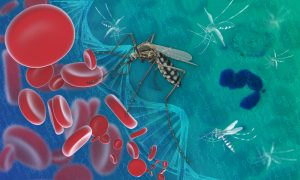
Plasmodium falciparum, a malaria parasite, uses gene conversion to produce genetic diversity in two surface protein genes targeted by the human immune system.
SCIENCE & TECHNOLOGY
2024
announcementssciencescience-technology
18 April 2023

WormBase ParaSite release 18 adds largest number of new genomes and annotations since launch, as well as full integration with AlphaFold.
SCIENCE & TECHNOLOGY
2023
science-technologyupdates-from-data-resources
1 December 2022
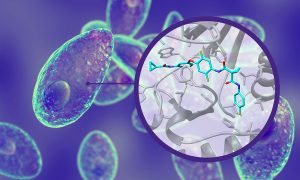
Recent studies supported by EMBL Grenoble’s expertise in structural biology research and scientific services have identified Altiratinib as a potential drug to stop toxoplasmosis infection and opened up treatment options against malaria.
SCIENCE & TECHNOLOGY
2022
sciencescience-technology
31 October 2022
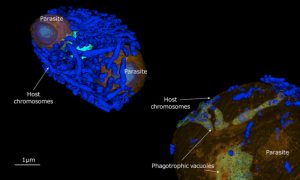
Plankton parasites provide a zombie story perfect for Halloween. While invading single-celled plankton, these parasites devour the cell’s nucleus and hijack metabolism while the organism remains alive.
7 June 2022

Pascale Cossart, one of the world’s foremost authorities on the biology of Listeria, brings four decades of expertise in intracellular bacterial parasitism to EMBL as a visiting scientist.
LAB MATTERSPEOPLE & PERSPECTIVES
2022
lab-matterspeople-perspectives
25 May 2021
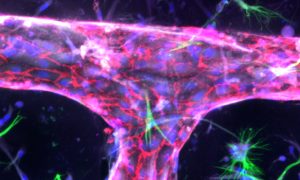
The Bernabeu Group aims to increase our knowledge of cerebral malaria, using in vitro engineered networks of human blood vessels and brain cells.
SCIENCE & TECHNOLOGY
2021
picture-of-the-weekscience-technology
21 May 2021
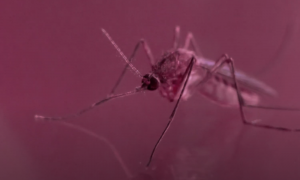
EMBL scientists support research on malaria by providing freely available data resources and using innovative experimental approaches. Our Course and Conference Office facilitates the exchange of knowledge in the field by hosting the annual BioMalPar conference.
SCIENCE & TECHNOLOGY
2021
sciencescience-technology
10 November 2020
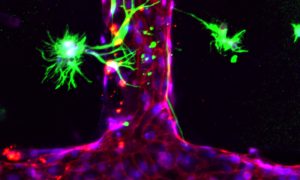
To help understand cerebral malaria the Bernabeu group has created in vitro engineered networks of human blood vessels.
SCIENCE & TECHNOLOGY
2020
picture-of-the-weekscience-technology
13 October 2020
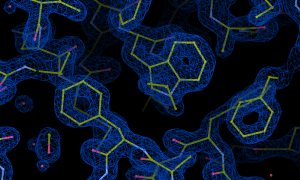
A group of scientists led by EMBL Hamburg’s Christian Löw provide insights into the molecular structure of proteins involved in the gliding movements through which the parasites causing malaria and toxoplasmosis invade human cells.
SCIENCE & TECHNOLOGY
2020
sciencescience-technology
22 November 2017
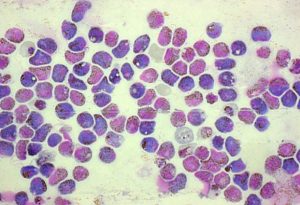
Insights into the reproduction of Plasmodium parasites in mosquitoes reveal rapid and broad activity
SCIENCE & TECHNOLOGY
2017
sciencescience-technology
6 March 2017
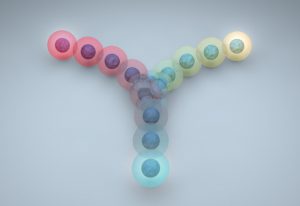
Reconstructing T-cell development in high resolution
SCIENCE & TECHNOLOGY
2017
sciencescience-technology
23 November 2016
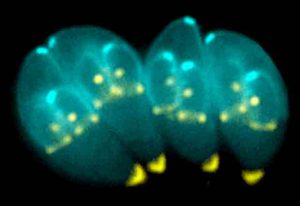
Parasite’s method of rewiring our immune response leads to novel tool for drug tests
SCIENCE & TECHNOLOGY
2016
sciencescience-technology
3 March 2016
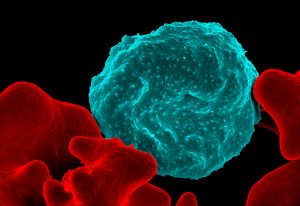
First detailed atlas of start points for genes expression in malaria-causing parasite
SCIENCE & TECHNOLOGY
2016
sciencescience-technology
1 December 2014
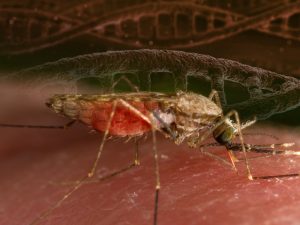
Genome-based insights into evolution of malaria-carrying Anopheles mosquitoes.
SCIENCE & TECHNOLOGY
2014
sciencescience-technology
28 November 2014

Largest collection of helminth genomic data ever assembled, in new open-access WormBase ParaSite.
SCIENCE & TECHNOLOGY
2014
sciencescience-technology
1 October 2009
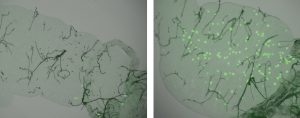
For many years, the mosquitoes that transmit malaria to humans were seen as public enemies, and campaigns to eradicate the disease focused on eliminating the mosquitoes. But, as a study published today in Science shows, the mosquitoes can also be our allies in the fight against this common foe,…
SCIENCE & TECHNOLOGY
2009
sciencescience-technology
5 April 2006
Today the network of excellence for Biology and Pathology of the Malaria Parasite (BioMalPar), will bring together the world’s elite in the field of Malaria research at the European Molecular Biology Laboratory (EMBL) in Heidelberg. At the second annual BioMalPar conference, organised jointly…
CONNECTIONS
21 December 2005
Researchers at the International Centre for Genetic Engineering and Biotechnology (ICGEB) in India and a unit of the European Molecular Biology Laboratory (EMBL) in France have made a key discovery about a molecule that helps the malaria parasite infect human cells. India is one of the countries…
SCIENCE & TECHNOLOGY
2005
sciencescience-technology
No results found















